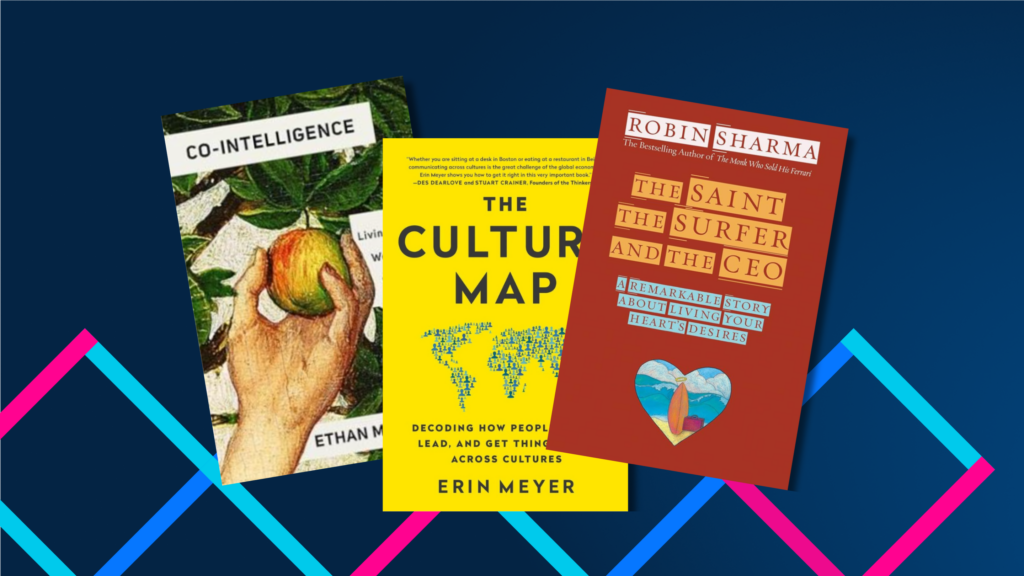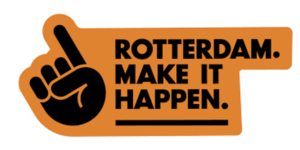We live in a world where digital is king, and in the financial services sector, it has become the primary—and sometimes only—way in which consumers interact with their product and service providers.
Due to a combination of evolving technology and heightened consumer expectations, which were fast-tracked by the pandemic, the importance of digital interaction in the financial sector is at an all-time high.
At Toluna, we are always gathering intelligence on consumer opinions and needs, as well as refining our approaches to ensure that research experiences are as close to real-life as possible. In short, as the sector has innovated, we have seen that the research servicing the sector has needed to innovate alongside it.
Consumers are satisfied, but FS providers can’t rest on their laurels
There are digital touchpoints other than banking apps, but let’s be realistic, that is what consumers think of with respect to digital interaction in financial services. And it shows: 84% of consumers use apps, and 40% of app users use them every day. Whether it’s once or more, it’s an intrinsic part of their routine.
And there is a great deal of satisfaction with apps, but it isn’t only the digitalisation which is sophisticated; consumer needs and expectations are also well-developed now, perhaps accelerated by Consumer Duty as the demand for clarity, transparency and fairness takes hold.
There are opportunities due to a more demanding and proactive mindset from consumers. Three in ten feel that the available apps could be improved and nearly a quarter (23%) would switch banks for the best app.
Research is becoming more interactive, mirroring interactive digital expectations
Rarely in my research career have there been so many research briefs and projects about the same kind of application, but with vastly different objectives.
This year alone, we have had these types of requests: app design, app redesign, specific areas of apps, digital wallets, online accommodation for cross-border investors, health and wellness programs, and so on.
But we have found that the research techniques such as MaxDiff or conjoint are only part of the story. When clients approach us about testing apps, websites, or platforms, the real challenge is bringing the app or website to life; descriptions and screenshots are no longer enough for a discerning, digital-using public.
Bringing apps and platforms to life in research
Two recent examples of how we have stepped away from simple descriptions and screenshots are:
1. A leading investment provider looking to offer a direct-to-customer investment portal
The challenge? They wanted the test experience to be real—with respondents actually using the platform—in order to draw conclusions.
The solution was a qual/quant programme that included 50 investors (segmented by liquid assets) who went through two stages across two days and actually used the platform. This was needed for the real experience as we find that the transition from one stage to the next can be as important or frustrating as the content itself.
On day one, they completed the onboarding and requirements journey, up to and including investment suggestions. This was moderated so that their comments, views, and concerns were collected in situ. It was followed by a quant survey so we had comparable feedback across the board.
On day two, we used a similar approach, but for the product completion or purchase journey.
The challenge for another client was slightly different and involved an app which was already far along the development process.
2. In-depth exploration of a specific type of saving in their app
This was a saving app, so everyone qualified, but we did segment by income levels as different levels mean differing challenges.
This research was a challenge because robust data was needed, but quant doesn’t have the bandwidth for a real-time walkthrough. An added challenge was that apps are dynamic and the research has to appreciate that; static images only scratch the surface, as each page can have five or more clicks that take the user in a myriad of directions.
Our solution was that we replaced static images with something more dynamic: videos which showed transitions from page to page and, in some cases, were accompanied by commentary.
Following the showing of the video, we asked key performance measures to get a comparable and full picture of consumers’ views.
Both these approaches speak to the fact that consumers now have a natural demand for research to be more engaging and dynamic. There is a place for off-the-shelf solutions in research, but testing apps, websites, and platforms is definitely not this place.
Consumer digital expectations are key to success along with client objectives. Dynamic and interactive research is critical to replicate the real-life experience to the best of our ability.
Should you want any further information about digital testing solutions or if you are interested in the data we collected, please feel free to contact me at mforan@harrisinteractive.co.uk.




